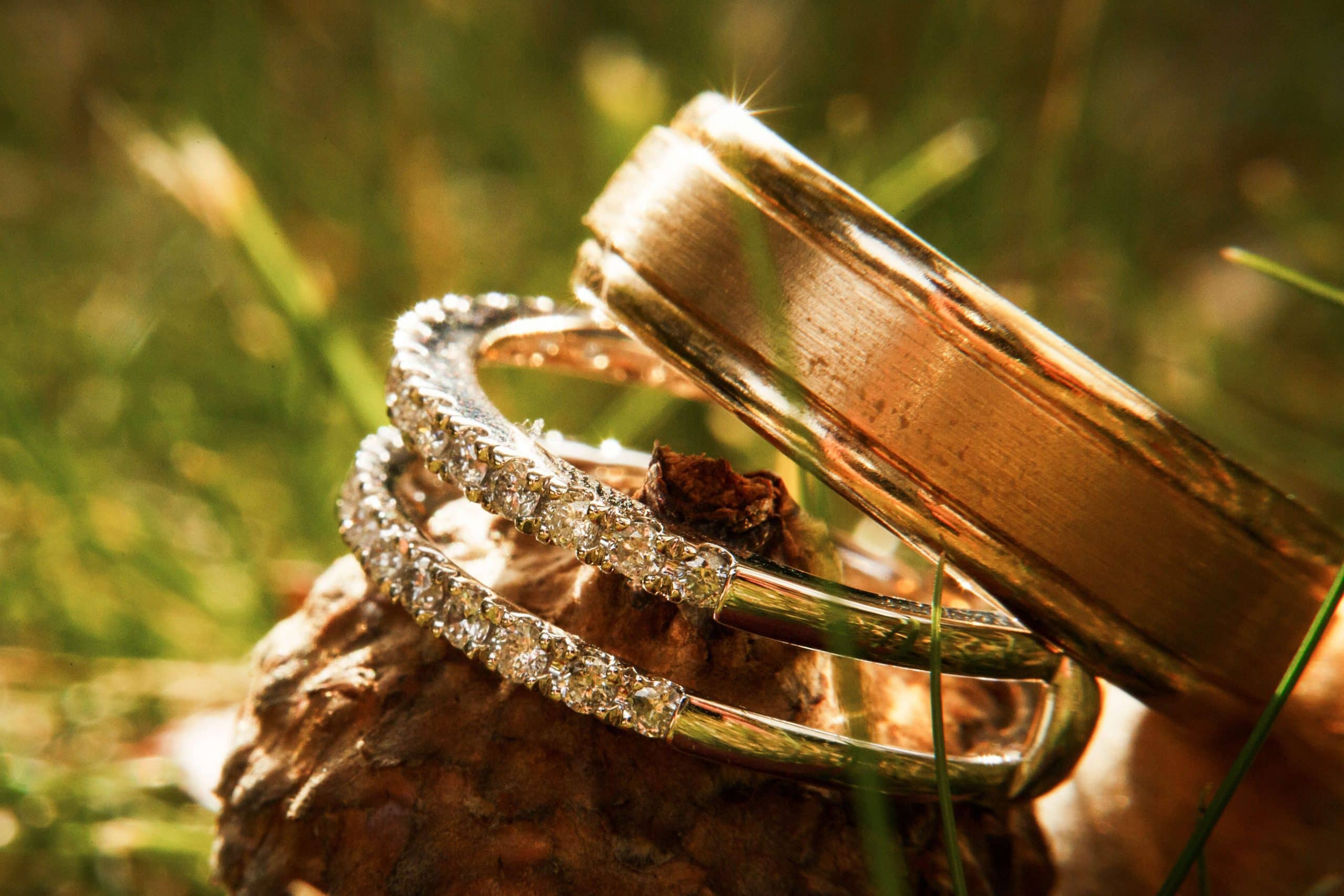Efficient Techniques for Confirming the Authenticity of Gold Items
Efficient Techniques for Confirming the Authenticity of Gold Items
Blog Article
Gold has been a precious commodity for centuries, and its authenticity is essential for buyers and sellers alike. Verifying the authenticity of Au can avoid monetary loss and guarantee that individuals are making sound investments. There are several efficient methods that can be used to determine whether Au is genuine or copyright. These methods range from basic tests that can be done at home to more sophisticated methods that necessitate expert tools.
One of the most frequent methods for confirming Au is the chemical test. This test entails putting a tiny drop of nitrate acid to the gold item. Real Au will not respond to the chemical, while fake gold or gold-coated items will show a discoloration or reaction. It is important to use this approach carefully, as the chemical can harm the item if not used properly. This test is popular because it is fairly inexpensive and can provide quick results. However, it is advised to conduct this test in a airy area and to wear safety gloves.
Another effective technique is the magnet test. Gold is not ferromagnetic, so if a magnetic object sticks to the item, it is probably not genuine Au. This method is simple and can be done at home with just a domestic magnet. However, it is important to note that some gold-plated items may also not be magnetic, useful content so this test should be used in combination with other approaches for more accurate results. The magnetic test is a fast way to rule out obvious fakes, making it a useful first step in the verification process.
The mass test is another trustworthy method for assessing the genuineness of Au. Au is a dense metal, and its mass can be measured by measuring the item and then measuring its volume in water. To perform this test, the Au item is measured, and then it is submerged in water to see how much water is moved. The density can then be calculated using the equation: mass equals weight divided by volume. If the mass of the item does not match the recognized density of gold, it is probably not genuine. This approach requires some fundamental mathematical skills but can provide a more accurate evaluation of the item's genuineness.
For those who want a more professional approach, taking the Au item to a goldsmith or a professional valuator is a good option. These professionals have specific tools and knowledge to precisely assess the authenticity of Au. They can perform tests such as X-ray fluorescence, which can determine the metal composition without harming the item. Professional appraisers can also provide certification and certification, which can be important for resale or coverage purposes. While this method may require a fee, it offers reassurance and a thorough assessment.
In conclusion, confirming the genuineness of Au is essential for anyone looking to purchase or sell this precious metal. Methods such as the chemical test, magnet test, mass test, and professional appraisal can help people ascertain whether their Au is real or fake. By using these approaches, buyers and vendors can safeguard themselves from fraud and make informed choices about their investments. Understanding these techniques can enable individuals in the gold market and ensure that they are handling with genuine products.